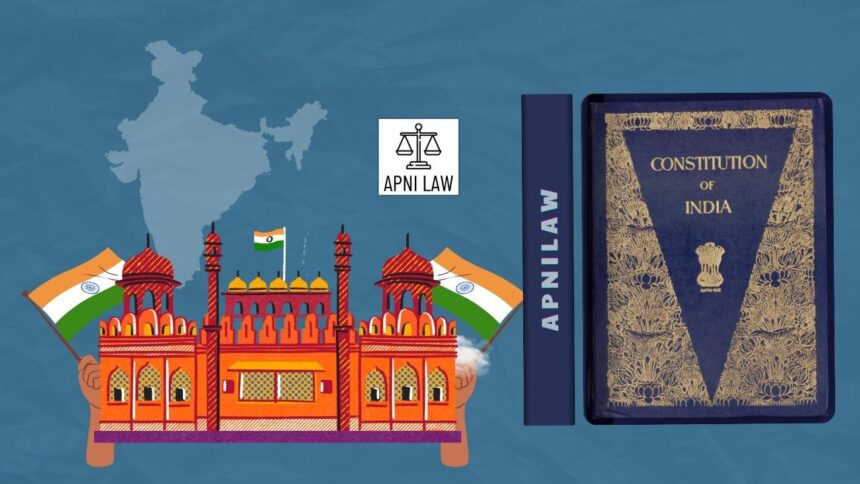Introduction
India is often described as federal in form but unitary in spirit. This phrase captures the essence of our Constitution. At first glance, India looks like a federation similar to the United States. Powers are divided between the Union and the states. However, a closer look shows that the central government holds greater authority. Why did the framers choose this model? How does it work in practice? Let’s explore India’s unique federal system.
What Does “Federal in Form” Mean?
“Federal in form” refers to the division of powers between two levels of government—the Union and the states. The Constitution creates separate authorities for both. It lists subjects for each in three categories: Union List, State List, and Concurrent List. The Union List includes defense and foreign affairs. The State List covers areas like police and agriculture. The Concurrent List allows both to make laws on the same subjects.
This structure gives states autonomy in several areas. They have their own legislatures, governments, and powers to frame laws. This design reflects the principle of federalism and provides space for diversity.
Why Is India “Unitary in Spirit”?
Although India follows a federal structure, the center remains stronger than the states. The framers of the Constitution believed this was necessary. After Partition and widespread unrest, a powerful center was essential for unity. They wanted to avoid fragmentation and maintain national stability.
The Union government can override state powers under several conditions. For example, during a national emergency, India becomes almost completely unitary. The center assumes full control over state functions. Even in normal times, the center influences states through financial control and administrative authority. Governors, who head states, are appointed by the President, not elected by the states themselves. This shows the unitary nature of the system.
Examples of Unitary Features
The unitary tilt becomes visible during emergencies. When the President declares an emergency, states lose most of their powers. The Union governs the entire country. Similarly, under Article 356, the President can impose President’s Rule if a state fails to follow constitutional provisions. Financial authority also lies with the center. It collects most taxes and distributes funds to the states. These features show that the Indian Constitution leans toward unity under strong central authority.
Why This Blend Works for India
India is a country of many languages, cultures, and religions. A rigid federal system could have caused division. On the other hand, a highly centralized system might have ignored regional needs. The Constitution strikes a balance. It allows states enough autonomy but keeps a strong center for stability. This balance has helped India remain united for decades, despite challenges such as separatist movements and political instability.
Real-Life Impact
Events like the imposition of President’s Rule in states and the center’s role during national emergencies highlight the unitary spirit. At the same time, strong state governments and regional leadership prove the federal character. This dual nature makes India’s system flexible and efficient. It protects unity without undermining diversity.
Conclusion
The phrase “federal in form but unitary in spirit” is more than a theory. It describes India’s unique constitutional reality. The framers created a system that fits the needs of a diverse country. This model allows shared power but ensures national unity when needed. It is one of the main reasons India has remained a stable and successful democracy for more than seventy years.
For any specific query call at +91 – 8569843472








